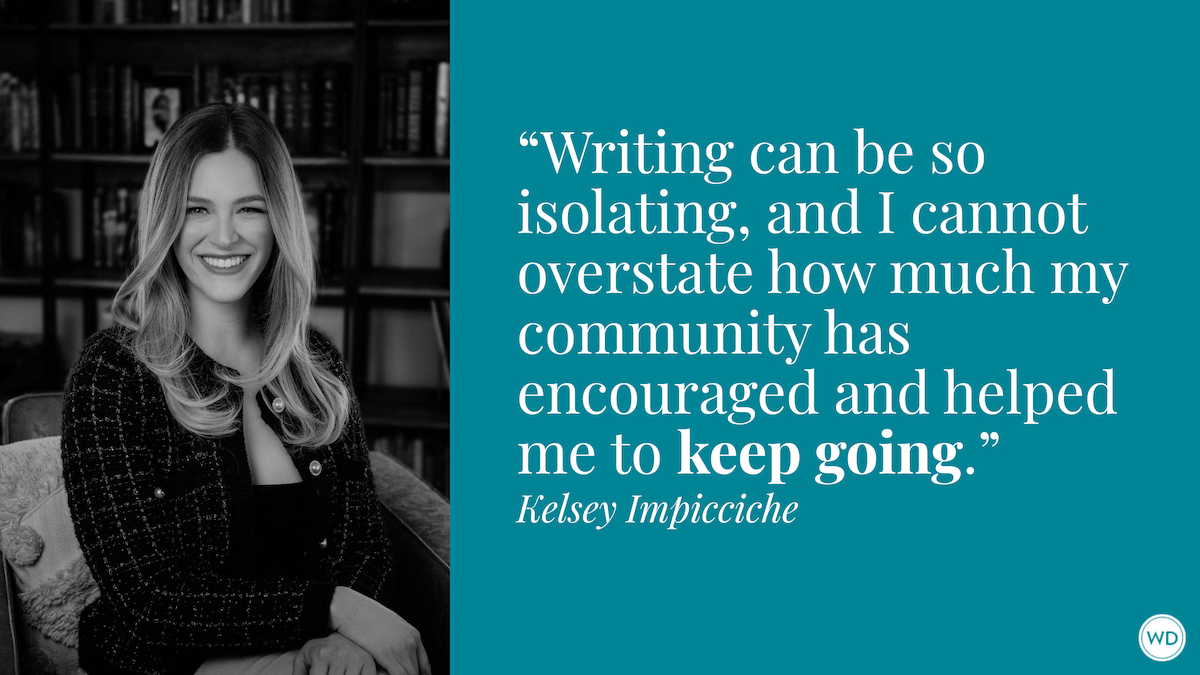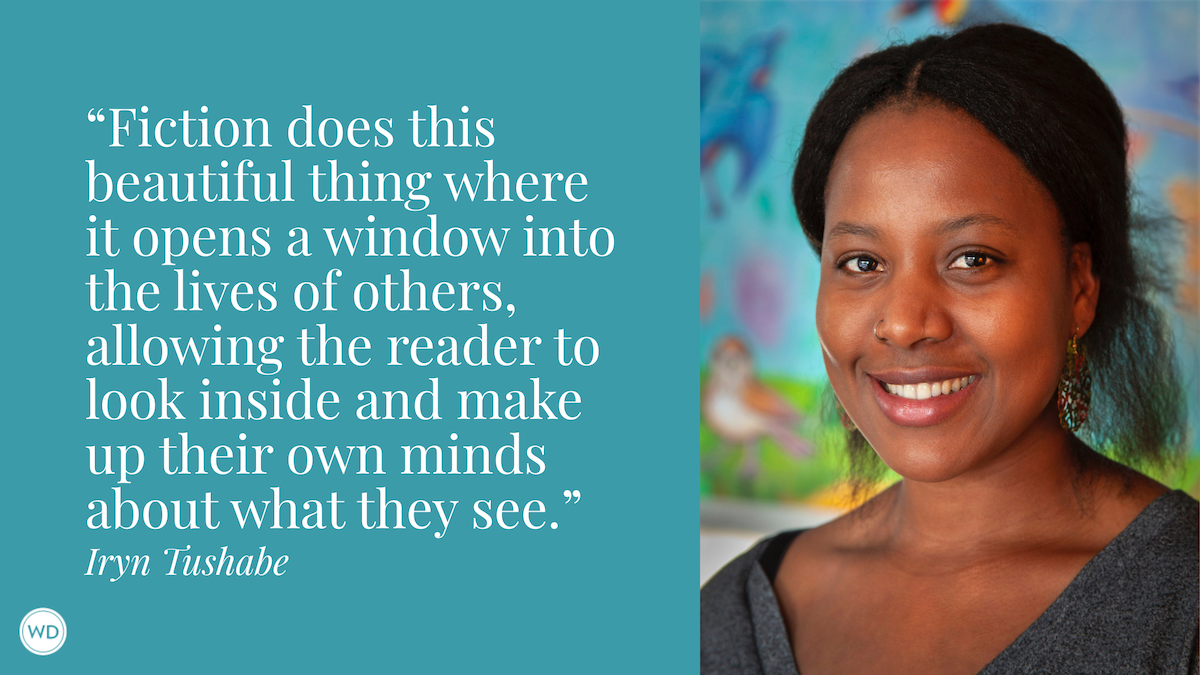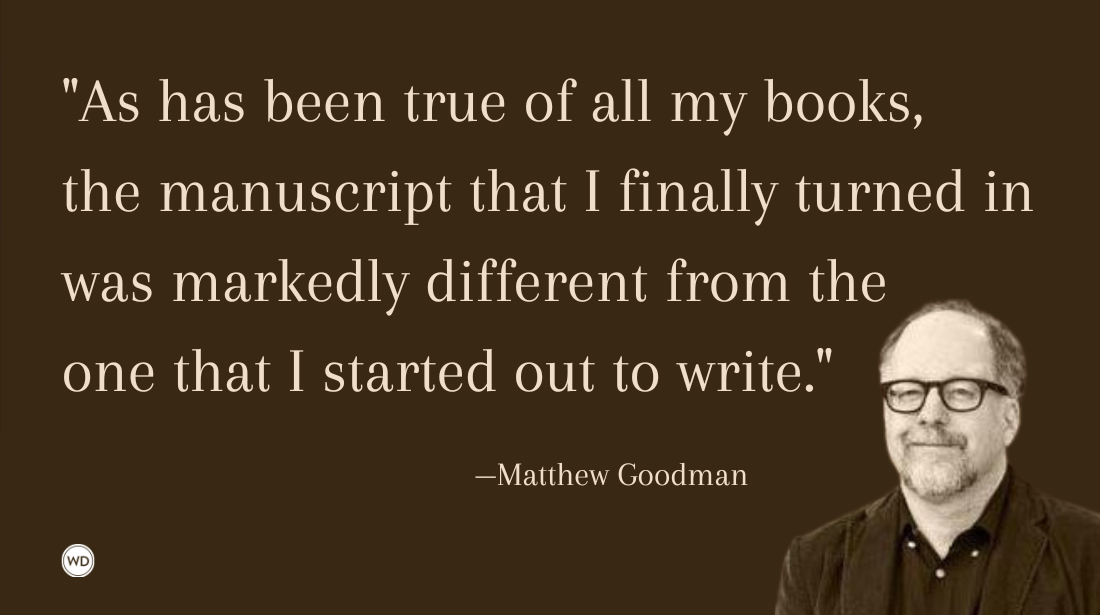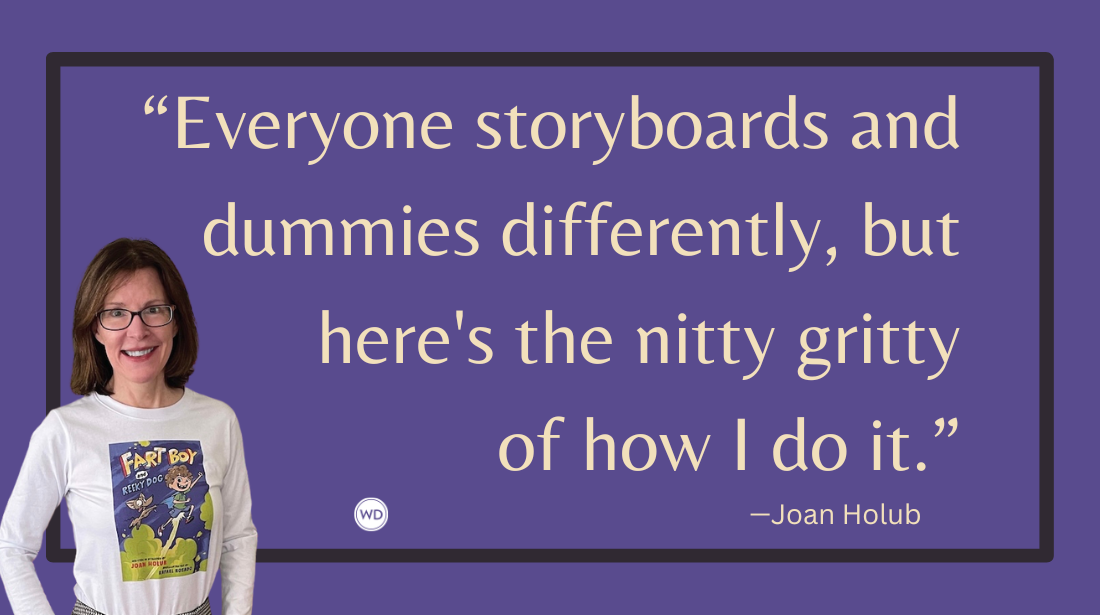How to Weave in Backstory to Reveal Character
Creating characters’ backstories before you start writing is crucial because you’ll want to determine each one’s past experiences and the repercussions these experiences will have on your story before you begin. Here’s a close look at the different ways you can introduce backstory. by Rachel Ballon
Creating characters’ backstories before you start writing is crucial because you’ll want to determine each one’s past experiences and the repercussions these experiences will have on your story before you begin. All characters come to your story with a problematic past and unresolved personal conflicts, so you should have a full understanding of what these problems are right from the start—even if readers don’t see the connections until later.
The most common methods you can use to give the audience this important background information include dialogue, narration, internal dialogue and flashbacks. Remember, too, that this information must be presented in a natural progression and as an integral part of the story; otherwise, it will seem forced and unnatural.
Let’s take a closer look at the different ways you can introduce backstory.
DIALOGUE
If two people are giving vital information about a character’s backstory in a factual conversation, it’s likely to be dull and uninteresting to the audience. However, if you show the same two characters having a heated discussion or argument, then the information is revealed through conflict, and it’s likely to be more exciting for readers.
Let’s say, for example, that a couple is having a conversation in a restaurant. This is rather uninteresting, unless what they are discussing is highly secret. The situation becomes even more suspenseful if they’re unaware a man is listening to what they’re saying. The audience is aware of the intruder but the couple isn’t, and this creates tension. By constantly making the stakes higher and the conflict greater, you’ll be able to reveal information and backstory while simultaneously building suspense and keeping the action moving.
Tennessee Williams does an excellent job of providing backstory through dialogue in A Streetcar Named Desire. When Blanche DuBois comes to visit her sister, Stella, and Stella’s husband, Stanley Kowalski, at their run-down apartment, she comes with a suitcase full of secrets. Plus, Stanley hates Blanche because he knows she feels superior to him, and as a consequence, he lashes out at Blanche and Stella:
“Who do you think you are? A pair of queens? Now just remember what Huey Long said—that every man’s a king—and I’m the king around here, and don’t you forget it!”Again, Stanley wants to undermine Blanche to Stella when he reminds her of the good times the two had before Blanche arrived:
“Listen, baby, when we first met—you and me—you thought I was common. Well, how right you was! I was common as dirt. You showed me a snapshot of the place with them columns, and I pulled you down off them columns, and you loved it, having them colored lights goin’! And wasn’t we happy together? Wasn’t it all OK? Till she showed up here. Hoity-toity, describin’ me like an ape.”
What colorful, rich dialogue Stanley uses to express his present conflict, while at the same time giving information about his happier past without Blanche.
NARRATION
Although it’s not done much in modern plays, playwrights used to develop characters who walked directly out of the set or stood in front of the curtain to provide revealing information about the characters to the audience. In Thornton Wilder’s Pulitzer Prize-winning Our Town, the character of the Stage Manager functions as the narrator when he relates to the audience:
This is the way we were in our growing-up and in our marrying and in our doctoring and in our living and in our dying.
INNER DIALOGUE
Thoughts or interior dialogue can also be valuable tools for revealing a character’s backstory and psychology. Take a look at this example from Judith Guest’s novel Ordinary People. Here, we see the central character, Conrad Jarrett, interacting with his swim coach. Notice Conrad’s internal thoughts in italics, which ultimately provide readers with more insight into what the boy’s truly feeling and thinking:
“Jarrett, you got to be kidding me. I don’t get it. I excuse you from practice twice a week so you can see some shrink. … What the hell more am I supposed to be doing for you?”“Nothing.” Shrink. Hate that word coarse ignorant just like the kind of word you’d expect from stupid bastard like Salan will not get mad control is all just someday come down here tell him what he can do with his goddamn ignorant opinions.
FLASHBACKS
When you interject a scene from the past into the present plot, you’re using flashback. Flashbacks are done either visually, as in film, or by using a character’s interior thoughts or interior monologue, as in prose. The flashback gives information or an explanation about a specific character or event that is important for the audience to know. Be careful, however, not to use a flashback if it has no relationship to the present scene; doing so will create confusion. Flashbacks can often slow down a story or interrupt the flow, and you’ll want to make sure you weave them in smoothly.
Toward the end of F. Scott Fitzgerald’s The Great Gatsby, the narrator of the novel, Nick Carraway, relates through summary Gatsby’s last night with Daisy before Gatsby goes off to war:
On the last afternoon before he went abroad, he sat with Daisy in his arms for a long, silent time. It was a cold fall day, with fire in the room and her cheeks flushed. Now and then she moved and he changed his arm a little, and once he kissed her dark shining hair. The afternoon had made them tranquil for a while, as if to give them a deep memory for the long parting the next promised. They had never been closer in their month of love, nor communicated more profoundly one with another, than when she brushed silent lips against his coat’s shoulder or when he touched the end of her fingers, gently, as though she were asleep.
This flashback, one of many in the novel, not only provides readers with a glimpse of the relationship Gatsby and Daisy once shared, but also adds emphasis to angst now felt by Gatsby as he watches Daisy with her husband, Tom.
Remember that you want a flashback to enhance your present story and allow the audience to learn secrets from the past, so they’ll understand what’s happening. But don’t rely on flashbacks to structure your story, and make sure you use them sparingly.
Excerpted from Breathing Life Into Your Characters © 2009 by RACHEL BALLON, with permission from Writer’s Digest Books.
This article appeared in the May/June issue of Writer's Digest.Click here to order your copy in print. If you prefer a digital download of the issue, click here.








